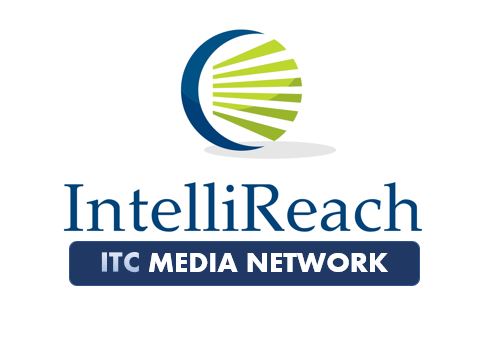In today's multi-channel marketplace, consumers are bombarded with marketing messages in all directions. Businesses must leverage effective marketing strategies to rise above the noise and truly connect with their target audience. This makes the task of choosing the right marketing strategy all the more urgent. Here's a breakdown of the key differences between traditional marketing and its data-driven counterpart to help you make this crucial decision.
Traditional Marketing
Traditional marketing involves familiar, tried-and-true methods that have been used for decades. Think billboards, television commercials, print ads in newspapers and magazines, and radio spots. These mediums rely on broad audience reach, hoping to capture the attention of a large group of people, some of whom might be potential customers.
The enduring strength of traditional marketing lies in its familiarity and its proven ability to build brand awareness. A memorable jingle or a strategically placed billboard can embed itself in consumers' minds, fostering a sense of familiarity and trust in the brand. Moreover, these channels can precisely target specific demographics, such as local audiences with newspaper ads or senior viewers on daytime TV, ensuring that the message reaches the right audience.
However, traditional marketing has limitations. Measuring the effectiveness of campaigns can be challenging. It's difficult to pinpoint precisely how many people see a billboard ad or hear a radio jingle, and even harder to gauge how many of those are actual conversions. Traditional marketing can also be a scattershot approach, which means it can be unfocused and imprecise, potentially wasting valuable resources on reaching large population segments without interest in the product or service.
![pros cons of traditional marketing [chart]](/images/2024/06/24/traditional-swop.png)
Data-Driven Marketing
Data-driven marketing takes a more scientific approach. It leverages consumer data, website analytics, and social media engagement to gain a deep understanding of target audiences. Marketers analyze this data using tools such as Google Analytics, Facebook Insights, and CRM systems to identify trends, preferences, and online behavior patterns.
With these insights at their disposal, marketers can meticulously craft highly targeted campaigns that resonate with specific customer segments. Social media platforms, in particular, offer unparalleled opportunities for data-driven marketing. Marketers can utilize targeted advertising to reach users based on demographics, interests, and online activity, ensuring that the message is delivered to the right audience at the right time.
![pros cons data-driven marketing [chart]](/images/2024/06/24/data-driven-swop.png)
Data-driven marketing offers several advantages: It allows for real-time campaign tracking and measurement, enabling marketers to see what's working and adjust strategies on the fly. Additionally, personalization is vital. For example, a business could use data to send personalized emails to customers, addressing them by name and recommending products based on their past purchases. This level of personalization can significantly enhance the customer experience and increase the likelihood of a purchase. Personalization will allow marketers to tailor messaging and content better to resonate with individual customer needs and preferences, creating a more engaging experience.
The Future is a Hybrid Marketing Approach
Just as hybrid cars offer the best of both worlds, combining the energy savings of electricity with the convenience of fuel, hybrid marketing presents a promising future. It merges the time-tested traditional marketing strategies, which are still valuable for building brand awareness, with the power of data-driven marketing, which offers the precision and personalization needed to connect with today's discerning consumers. Many successful campaigns today utilize an omnichannel marketing strategy, integrating traditional and data-driven elements. For example, a television commercial can drive viewers to a website with a targeted online ad campaign based on their viewing habits. By understanding the strengths and weaknesses of each approach, you can craft a marketing strategy that cuts through the clutter, resonates with your target audience, and delivers a strong return on investment.
Got An Idea? Lets Make It
Happen Today
Just Wanna Chat ? Just let Us Know When







